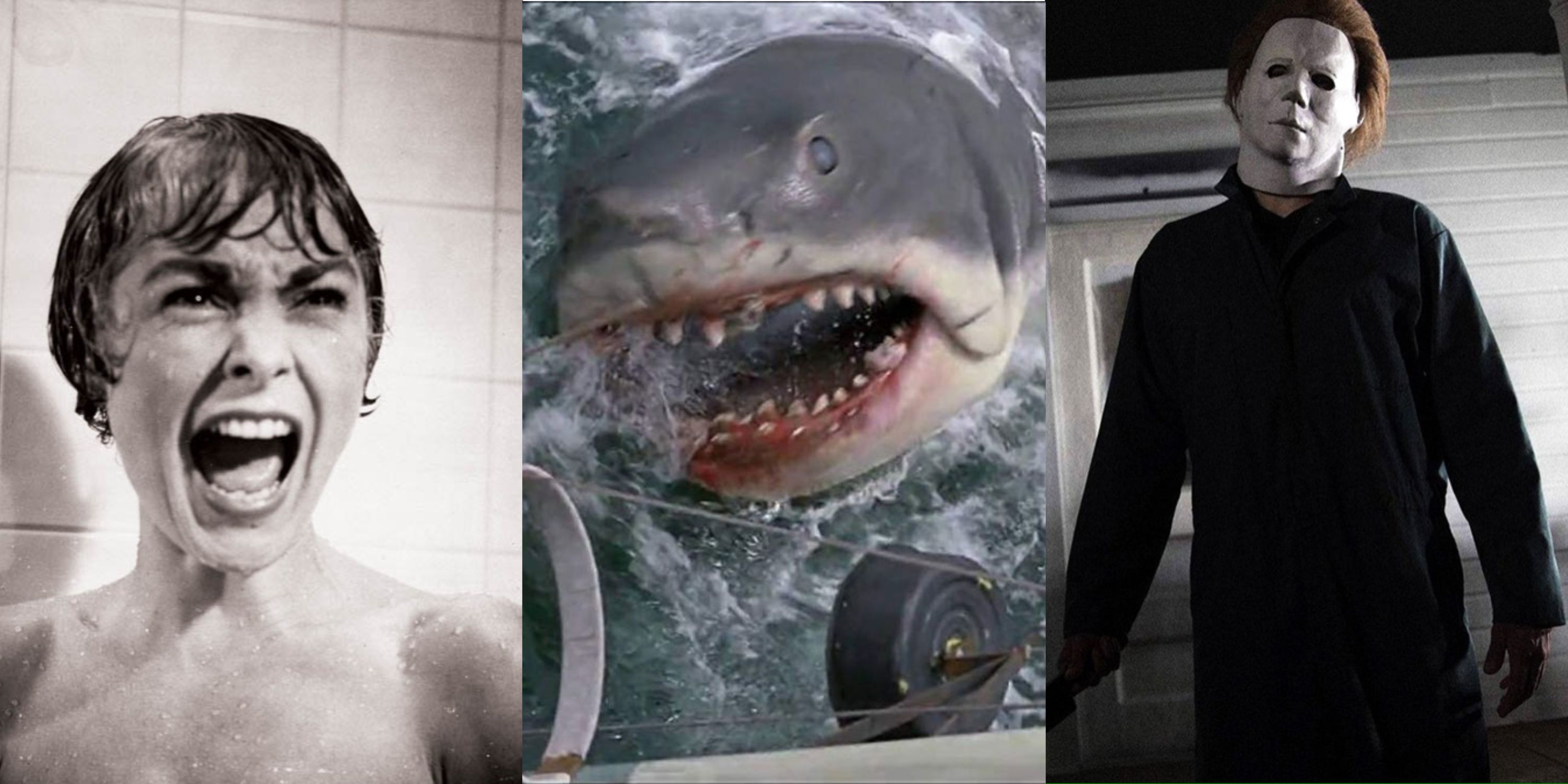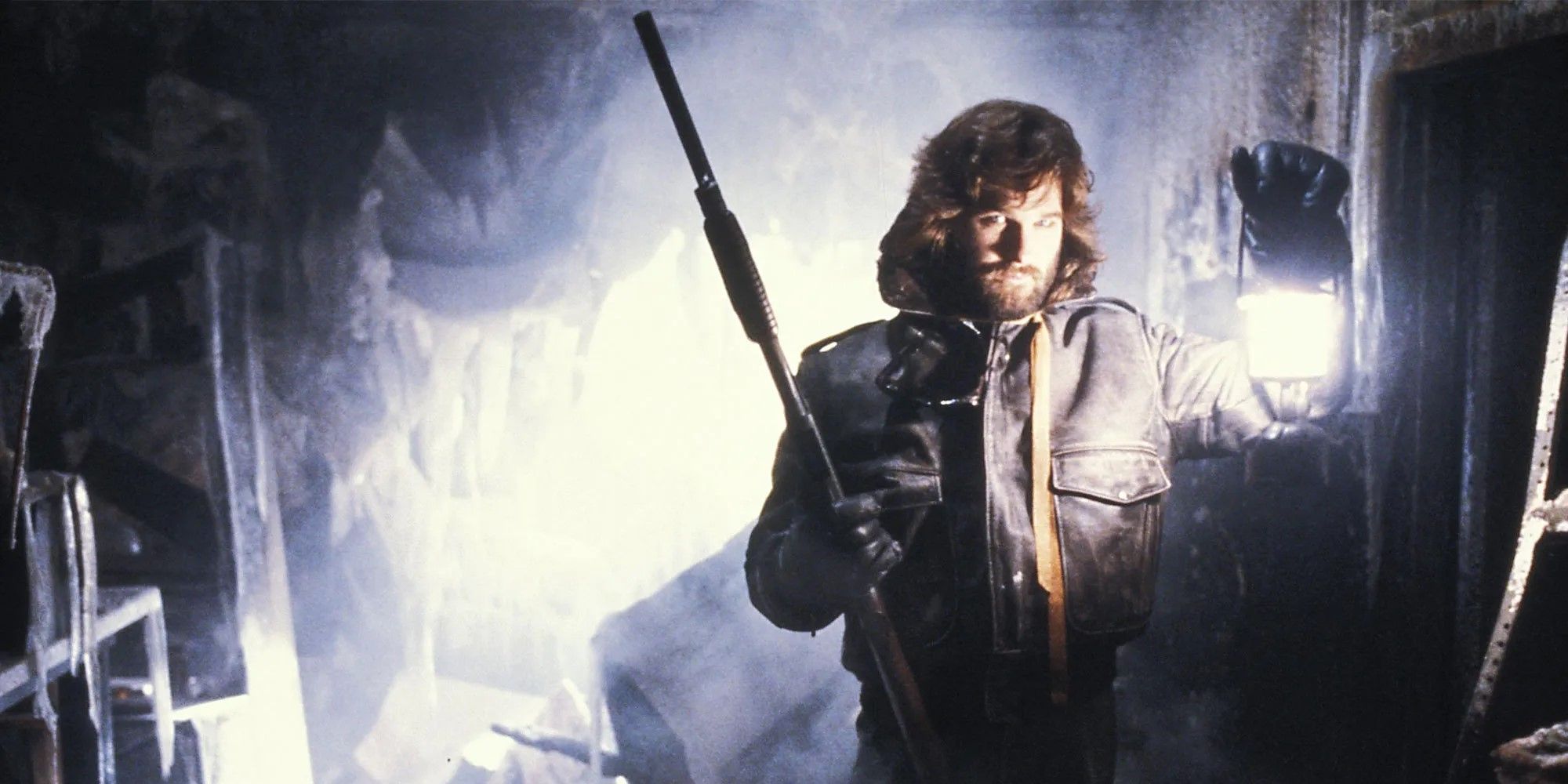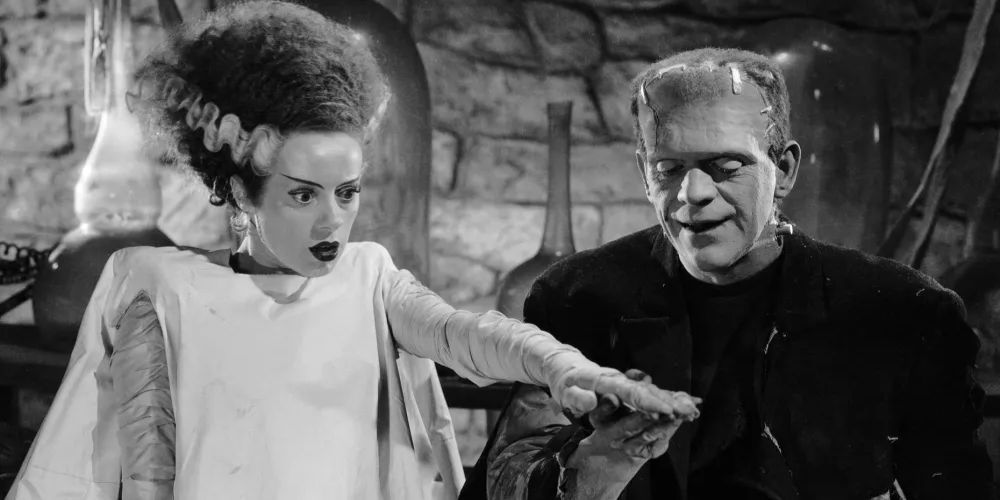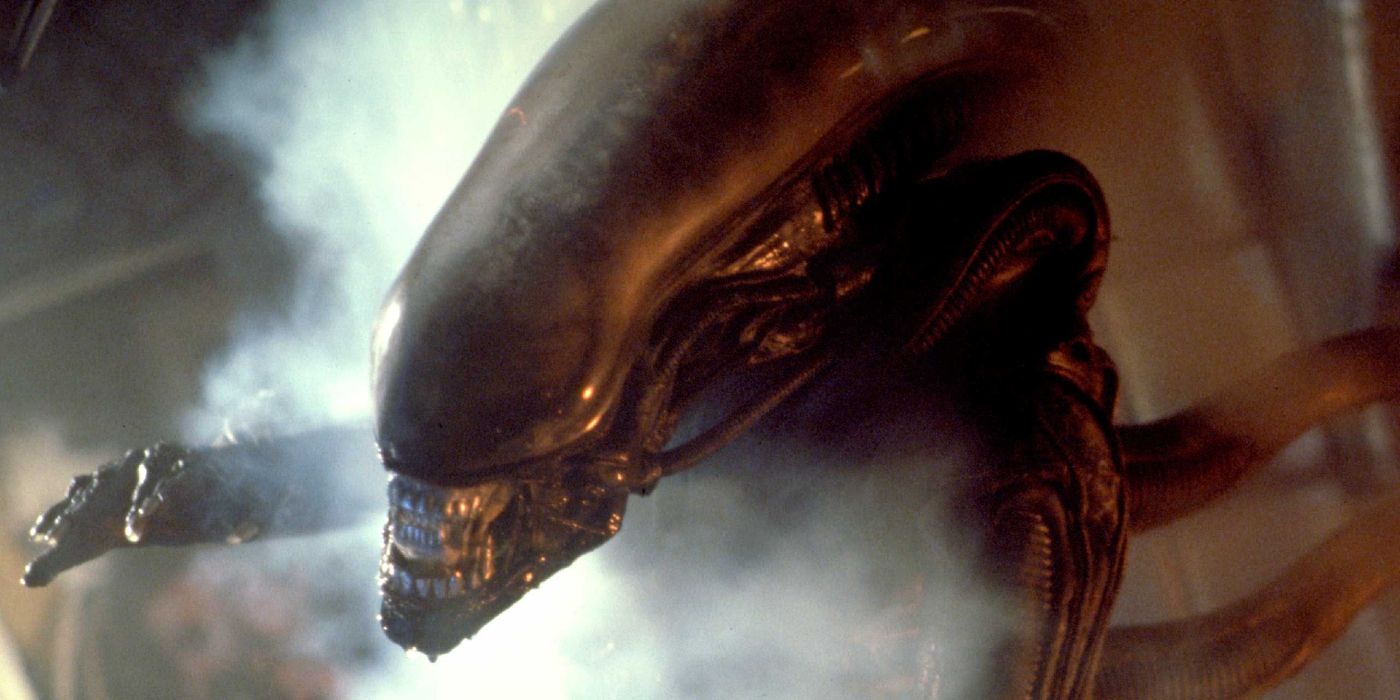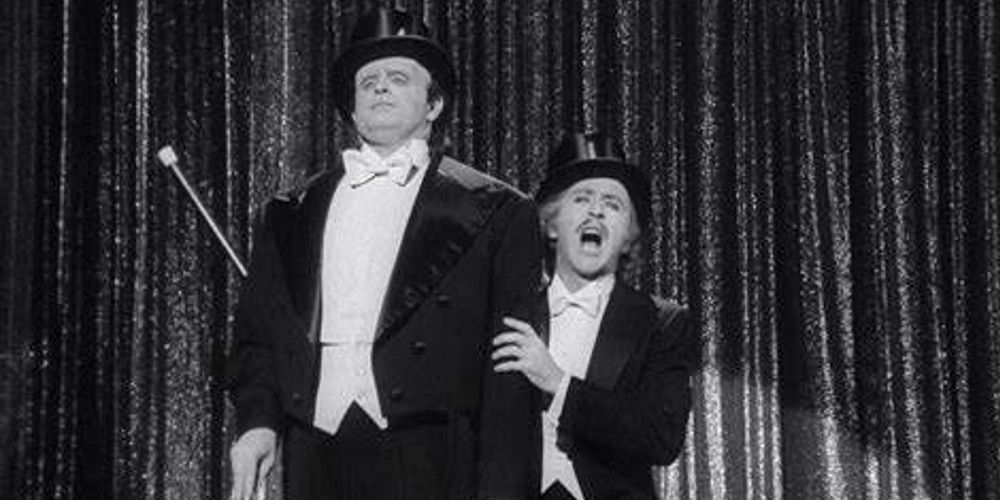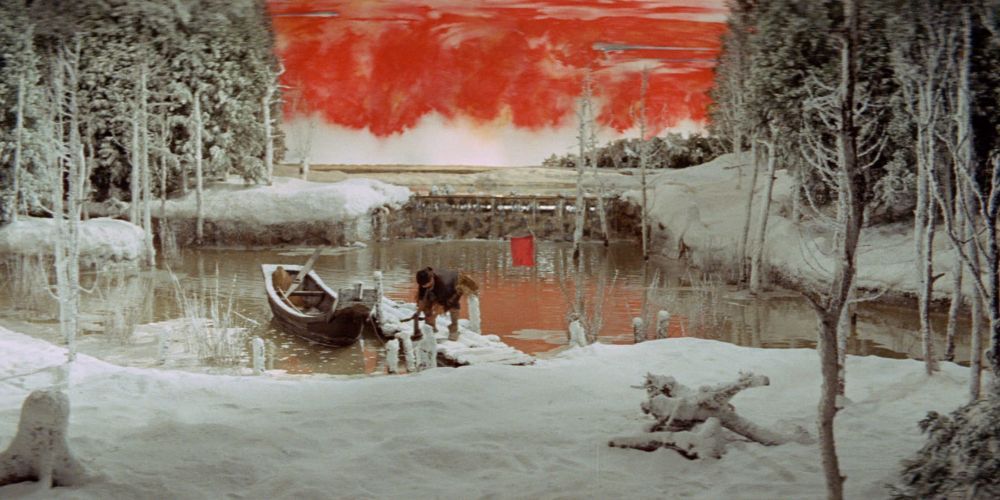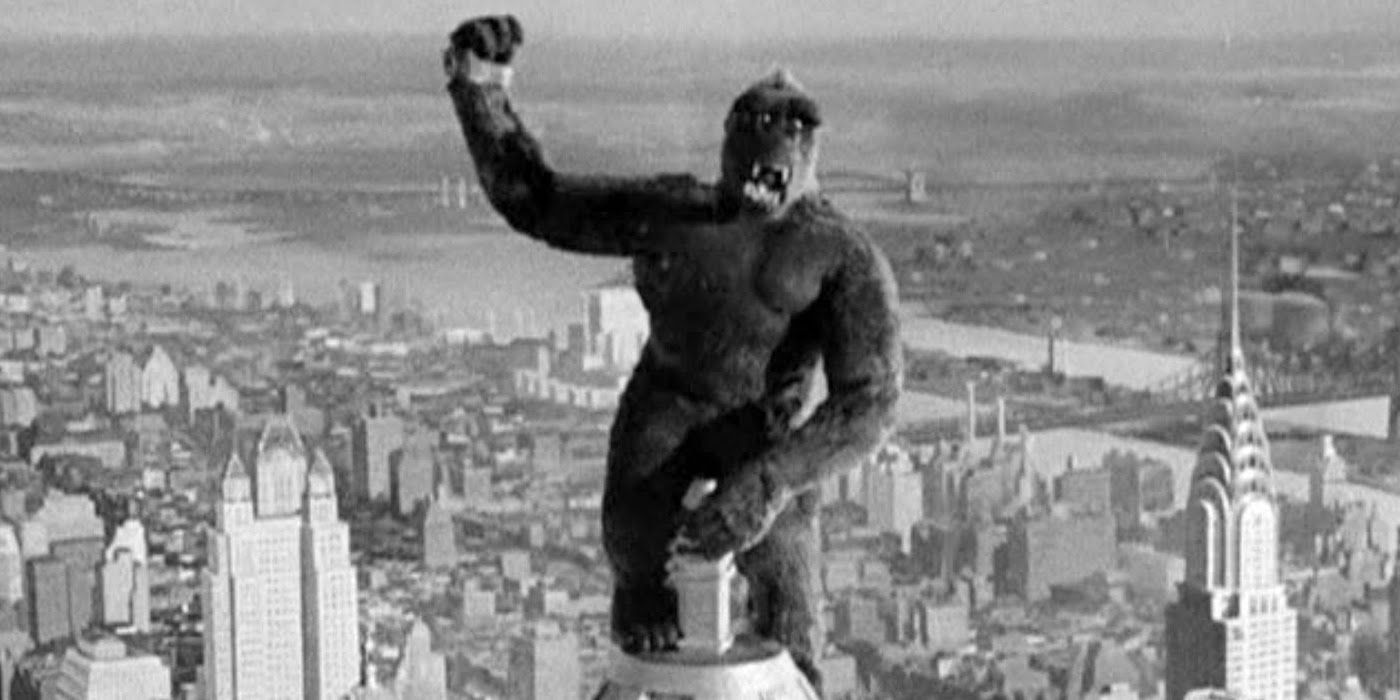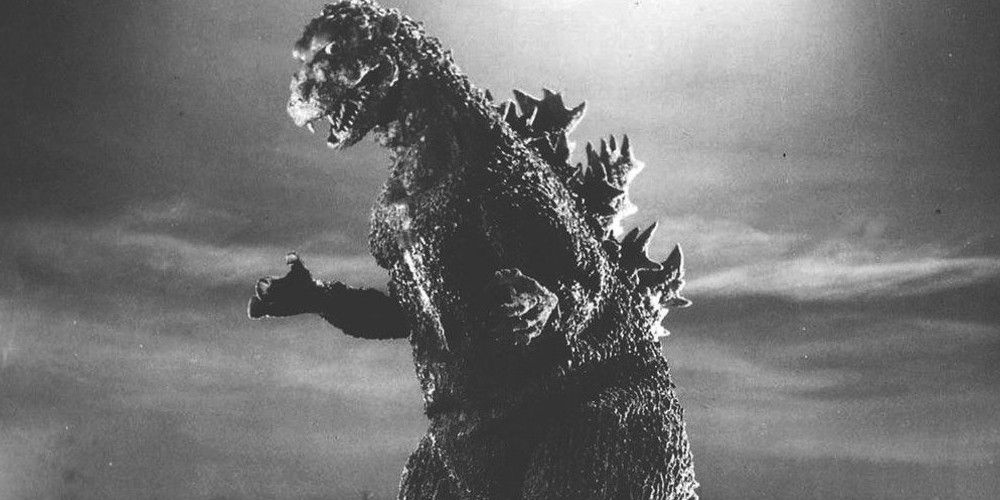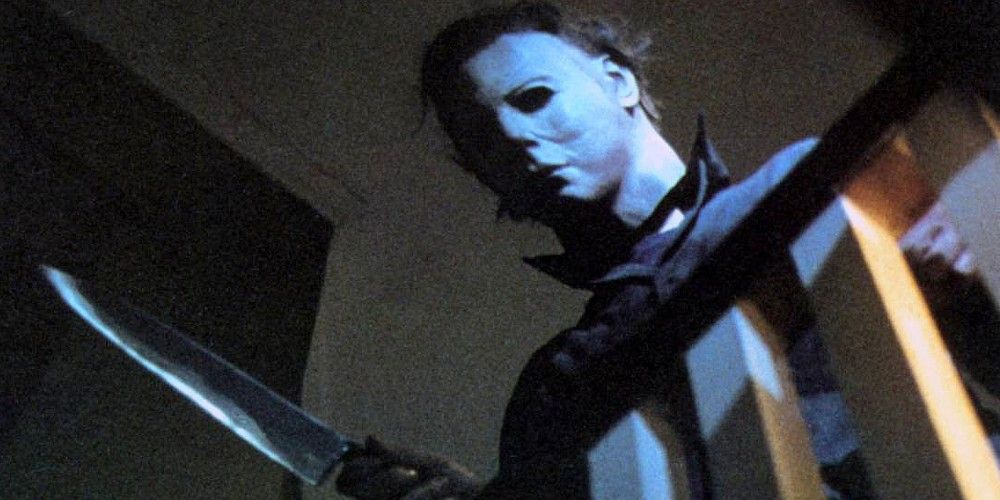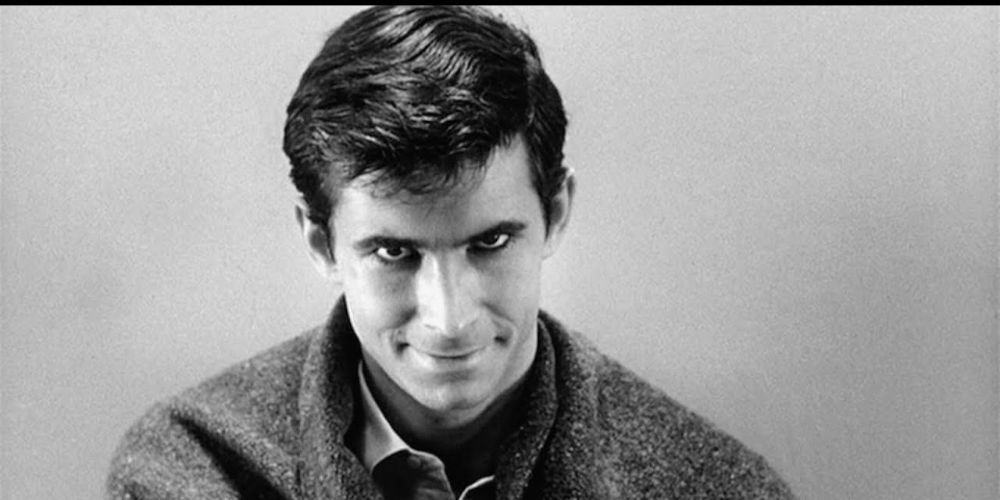For the vast majority of the time, a horror film's success depends upon the quality of its score. A phenomenal horror score builds tension, adds layers to the narrative's suspense, and often evokes more fear than the imagery itself.
The immense popularity of the horror genre also increases the probability that a brilliant horror movie score enters the pop culture lexicon, transcending the films themselves and taking on a cultural life of its own. Horror films such as The Bride of Frankenstein, King Kong, and Godzilla contain revolutionary scores that helped shape the genre's future forever.
10 The Thing (1982)
John Carpenter's The Thing is a remake of the 1951 sci-fi horror classic The Thing from Another World, which took inspiration from John W. Campbell Jr.'s 1938 novella Who Goes There? The film focuses on a research team in Antarctica who come face to face with a mysterious, shape-shifting creature.
Although Carpenter frequently composed his original scores, he desired The Thing to possess a European musical approach. Therefore, Carpenter enlisted the talents of famed Italian composer Ennio Morricone to create The Thing's score. Morricone crafted an unsettling, synthesizer-based score that emulated Carpenter's signature style.
9 The Bride of Frankenstein (1935)
One of the best sequels ever made, James Whale's The Bride of Frankenstein improved upon the original Frankenstein in nearly every aspect, including its score. In The Bride of Frankenstein, Dr. Frankenstein becomes tasked with creating a mate for the Monster.
Two-time Oscar winner and twelve-time nominee Franz Waxman composed the unforgettable score to The Bride of Frankenstein. The film's score features prominent character themes centered on the Monster, the Bride, and Dr. Pretorius. Waxman's score proved so exemplary that Universal Studios named him Head of Music.
8 Alien (1979)
The film that put Ridley Scott on the map, Alien, is a landmark science fiction horror film that spawned a highly successful multimedia franchise. Alien follows a commercial spacecraft's crew, who, after discovering a derelict spaceship, become confronted by a deadly extraterrestrial.
Like many world-class horror scores, Jerry Goldsmith's musical compositions for Alien slowly build over time, mirroring the film's methodical pacing by meticulously ramping up the suspense throughout the movie. Behind the scenes, tensions arose between Goldsmith, Scott, and editor Terry Rawlings over creative differences with the direction the score should take. Despite the turmoil, Alien's score was a huge success, eventually earning a nomination from the American Film Institute for its list of most excellent film scores.
7 Young Frankenstein (1974)
A paramount work of parody, Mel Brooks' Young Frankenstein is one of cinema's elite horror comedies. Spoofing Frankenstein and The Bride of Frankenstein, Young Frankenstein stars Gene Wilder as Dr. Frederick Frankenstein, the grandson of Dr. Victor Frankenstein. Although initially embarrassed by his family history, Frederick eventually takes the mantle in attempting to create life from the dead.
His insistence on technical brilliance makes Mel Brooks the best of all parody filmmakers. Even though Brooks pokes fun at genre conventions, his films contain superb cinematography, production design, editing, and scoring. Young Frankenstein's score, composed by John Morris, is indistinguishable from a score taken from a "serious" Frankenstein film.
6 Kwaidan (1964)
Directed by Masaki Kobayashi, Kwaidan is a Japanese anthology horror film that tells four separate stories, all sharing supernatural themes. Lafcadio Hearn's collection of Japanese folktales, which includes Kwaidan: Stories and Studies of Strange Things, provided the film's source material.
Tōru Takemitsu, one of cinema's premier composers, established his international reputation by combining traditional Japanese music with the avant-garde. Kwadian is a prime example of this unique soundscape. For Kwaidan, Takemitsu utilized Japanese folk music, silences, Noh-style vocals, heavy use of biwa, and natural environmental sounds such as swirling wind and splitting wood to craft one of horror cinema's most terrifying scores.
5 King Kong (1933)
King Kong is a pre-Code adventure horror monster movie about a film crew who discovers a massive, prehistoric ape on Skull Island. The team captures the ape and brings him back to New York City, where he naturally escapes and causes havoc.
While it is well-documented that King Kong revolutionized special effects, it is not as known that King Kong also transformed film scoring. Pioneering composer Max Steiner scored King Kong, which many consider the first significant score of the sound era. Using an unprecedented 46-piece orchestra, Steiner composed a seminal musical arrangement that implemented sound effects with character-specific leitmotifs. Steiner's watershed work on King Kong earned him the "father of film music."
4 Godzilla (1954)
The definitive kaiju film, Ishirō Honda's Godzilla, tells the story of a prehistoric dinosaur that terrorizes Japan after atomic weaponry testing disturbed its underwater existence. With films consistently produced over nearly 70 years, Guinness World Records recognizes the Godzilla franchise as cinema's longest-running franchise.
Akira Ifukube composed Godzilla's legendary score, which contains the iconic "Godzilla (Main Theme)." This piece of music astutely captures the dire circumstances of impending doom. In addition to composing the score, Ifukube also created Godzilla's roar by rubbing the strings of a contrabass with a leather glove. Playing these sounds at a reduced speed resulted in the desired effect that real animal roars could not replicate.
3 Halloween (1978)
Released 18 years after Psycho, John Carpenter's Halloween was a significant leap forward for the slasher subgenre of horror cinema. Halloween's plot revolves around Michael Myers, a murderer who escapes from a mental hospital and returns to his hometown to kill again.
Carpenter served as Halloween's director, writer, producer, and composer. A significant factor behind Halloween's simplistic score was budgetary restraints. Produced for a measly $300,000, Carpenter could not afford to create an orchestral score. Carpenter made one of the most excellent horror scores in just three days. An actual work of an auteur, Halloween's eerie synthesizer score became one of the film's most lauded aspects.
2 Jaws (1975)
Steven Spielberg shot to the forefront of the New Hollywood movement after the success of Jaws, a horror thriller about a killer great white shark that threatens the townspeople of Amity Island. One of cinema's most essential films, Jaws created a summer blockbuster and broke countless box office records.
Jaws marked the second of 29 collaborations between Spielberg and composer John Williams. Jaws' score is one of many Williams compositions engrained in the subconscious of generations of moviegoers. Jaws' central theme, played on a tuba, which only contains two alternating notes, epitomizes the notion that danger is eminently approaching. It is nearly impossible to go swimming in the ocean and not hear Williams' score in your mind.
1 Psycho (1960)
Bernard Herrmann's score for Alfred Hitchcock's groundbreaking horror film Psycho is the most excellent horror score ever. Psycho begins as a crime thriller about a secretary who steals $40,000 from her employer. However, Psycho becomes a horror film once the secretary crosses paths with motel owner Norman Bates.
Even though Psycho's entire score is a masterclass in suspense and tension, most remember the shrieking violins of Psycho's notorious shower scene. Initially, Hitchcock wanted no musical accompaniment during the shower sequence. Herrmann ignored this request and created the most famous horror movie music ever made. Once Hitchcock heard Herrmann's music, he knew silence was incorrect for the sequence.

